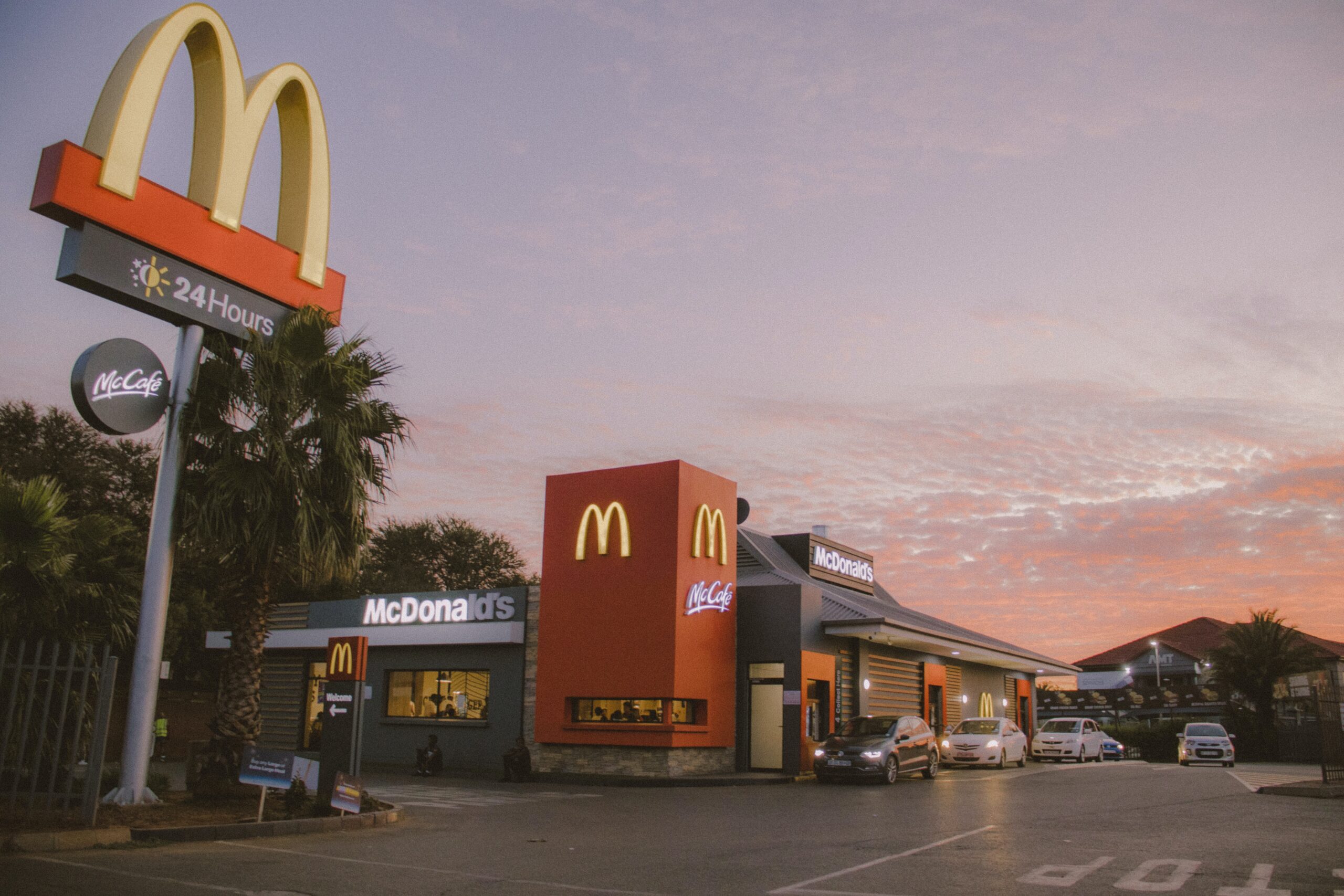To unravel the mysteries of the 2024’s food trends, it is imperative to turn our gaze toward the recent past and comprehend the driving forces behind consumer behavior in the last year or two. Identifying the current challenges that have emerged and pondering over potential solutions becomes crucial in the food industry. What issues are surfacing in the present, and how can individuals or entities effectively address and resolve these challenges? This introspective examination is key to gaining insights into the trajectory of future food trends.
I have gathered some predictions that we will witness in the food industry in 2024. These projections span from emotional shifts, such as evolving social values, to technological advancements like robots taking charge of culinary tasks and delivery drones revolutionizing the way we receive our meals. The horizon of 2024 holds a myriad of developments, promising a dynamic landscape in the food sector.
Brand Values
The landscape of major food giants underwent a fascinating transformation in 2023, introducing a cosmic shift in consumer preferences. This era, often dubbed the Age of Aquarius, brings with it heightened spirituality and a demand for harmony in every aspect of life. Consumer skepticism is on the rise, challenging iconic brands to reevaluate their values, particularly concerning human rights and greenwashing.


Unlike previous times, vague statements no longer suffice. Consumers crave transparency, action, and a firm stance on critical issues. The focus has shifted from merely reducing carbon footprints to embracing disruptive innovations that challenge the status quo.
For the older generations, accustomed to witnessing companies talk the talk around sustainability, the younger counterparts are turning to governments and legislators, demanding tangible actions. This paradigm shift suggests a future where innovation goes beyond tweaking products, delving into an overhaul of entire systems—how we live, work, and communicate. Brands must navigate a high-risk/high-reward landscape, adapting swiftly while lacking complete information.
Cobots
A rising food trend in 2024 is the integration of collaborative robots, or “cobots,” bridging the gap between humans and machines. Envision a future where chefs collaborate seamlessly with AI to create extraordinary dishes, and diners use augmented reality (AR) glasses to livestream their restaurant experiences. Picture robotic arms assembling bowls on the make-line and friendly robots engaging in intelligent small talk while serving food—a scene reminiscent of a sci-fi masterpiece.
For those excited by this vision, there’s good news. If the prospect feels dystopian, there’s reassurance in the philosophy of cobotics. As articulated by Bernard Marr in Forbes, the future of work involves learning to collaborate with smart, automated technology that enhances human capabilities, allowing a focus on uniquely human skills.
Consider the potential for dynamic virtual reality menu boards transforming the dining experience or enjoying a full-fledged movie screening during dinner through AR devices. Beyond the cool factor, these technological advancements open doors for chefs and restaurant owners, paving the way for new businesses and more affordable dining experiences for everyone.
Concerns such as job displacement, privacy issues, cybersecurity risks, and biases need addressing for this tech to truly take off. However, every great leap comes with hurdles, and the potential benefits are vast.
Delivery Innovations
The surge in delivery infrastructure during the pandemic is undeniable. Clicking away for everything from food to medicine became a norm. However, as we step into 2024, challenges surface. High prices emerge as a significant pain point, with 50% of consumers finding delivery too expensive, leading to cart abandonment for 39%.
Delivery platforms must clarify their value proposition and go above and beyond expectations to surprise and delight customers. Beyond pricing concerns, customization hassles, poor-quality or damaged orders, and inaccurate menu descriptions add to the list of grievances. The introduction of cute food delivery robots on campuses is noteworthy, though some feedback suggests the food isn’t always hot upon arrival.
In 2023, industry giants like Uber Eats and DoorDash demonstrated strong financial performance, even introducing features to enhance the food delivery experience. Uber Eats, for instance, introduced multi-store ordering with no additional delivery fee. DoorDash and Instacart started accepting health savings account payments, and there’s a plan for Uber to follow suit in 2024.
Home is where the Heart is
In navigating the business landscape, it’s crucial to stay attuned to the latest generational food trends. Seniors today are rewriting the script—living longer, embracing a higher consumption of cocktails, and remaining active in the workforce. Importantly, they wield significant purchasing power and prefer premium experiences.
According to Datassential 2024 Food Trends Report, a whopping 67% of Boomers express the desire to stay home as long as possible, avoiding senior communities. The implications are clear; businesses need to consider seniors in their game plan, reflecting in operating hours, preferred foods, and premium options in establishments like senior living and hospitals.
Delivery giants, take heed! As Boomers opt to stay home, there’s a potential market for services catering to their needs, presenting an opportunity for innovative solutions and ensuring their comfort at home.
Revolutionize Food Brands and Collabs: Navigating the Shifting Marketing Landscape
The marketing game undergoes constant transformation, adapting to the shifting desires of consumers. Gen Z, Millennials, Gen X, and Boomers each present unique challenges and opportunities. Authenticity emerges as the magic formula, with creator-led content and social media platforms like TikTok and YouTube taking center stage. Consistent branding and rewarding loyal customers through experiences like pop-up hotels become essential. In the evolving landscape, data guides marketing strategies, uncovering generational preferences and shaping the future of brand-consumer relationships.

Membership Dining: Exclusive Culinary Societies and the Price of Luxury
The concept of “members-only” expands beyond co-working and social clubs to embrace private restaurants. These exclusive spots redefine dining as a culinary society, offering VIP experiences to a select few. Membership perks, including early reservations and exclusive events, come at a cost, with fees reaching up to $3,000 a year. The emphasis is not just on dining but on creating a community of food enthusiasts. While personalized service and bespoke experiences characterize these establishments, their success hinges on word-of-mouth recommendations and the exclusivity associated with high costs. The future may see collaborations among these elite spots for a more diverse dining landscape.
Embark on a flavorful journey into 2024, where the culinary landscape promises innovation, challenges, and a dynamic interplay between tradition and the future.

If you are interested in learning about more food trends, take a look at Unveiling 2024 Food Trends.
If you are interested in more food industry news and food marketing, I suggest you check out the Food News page!

